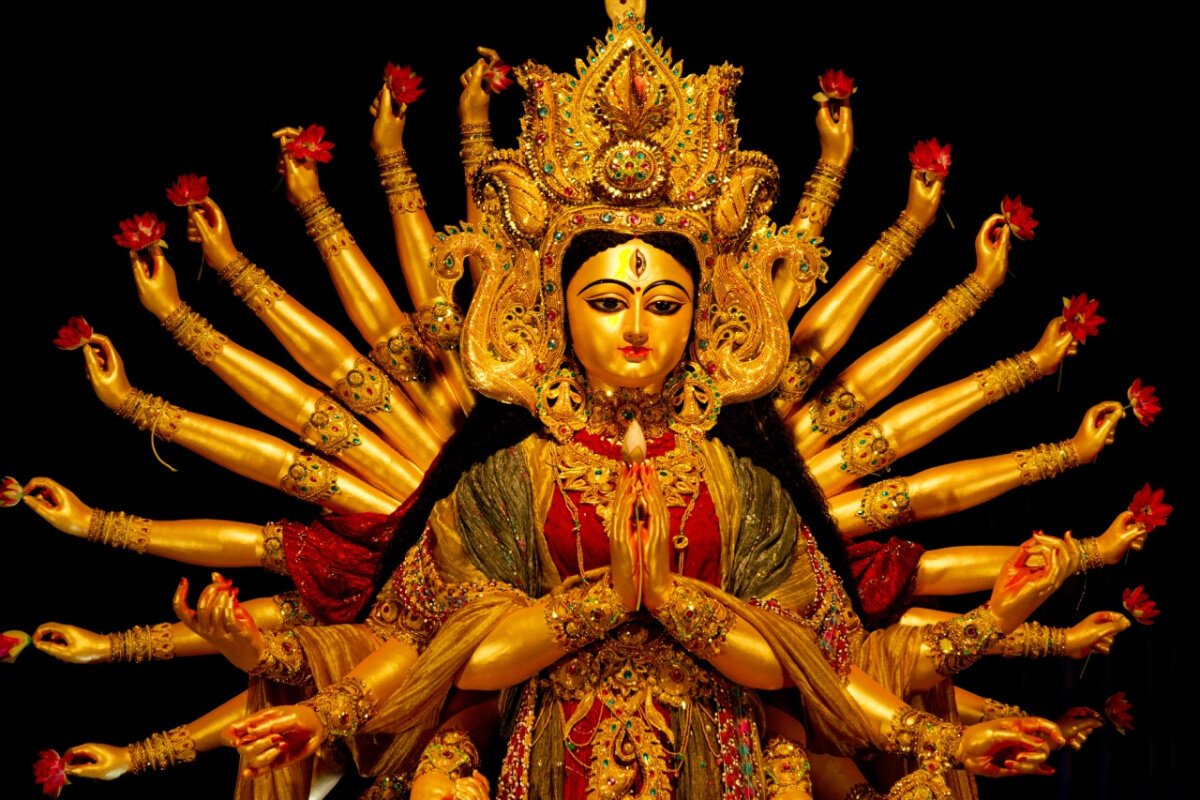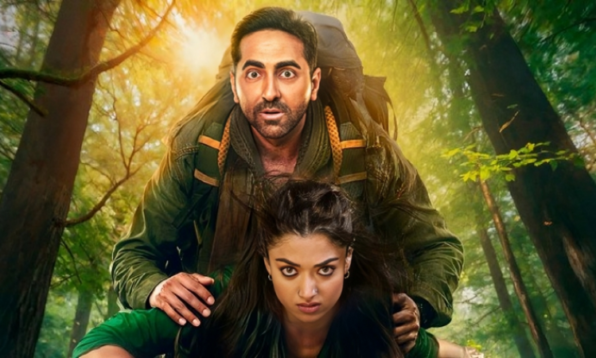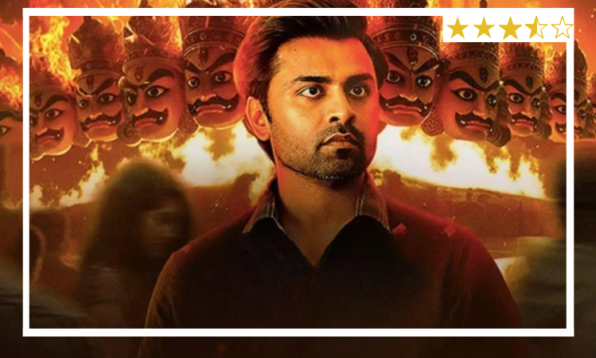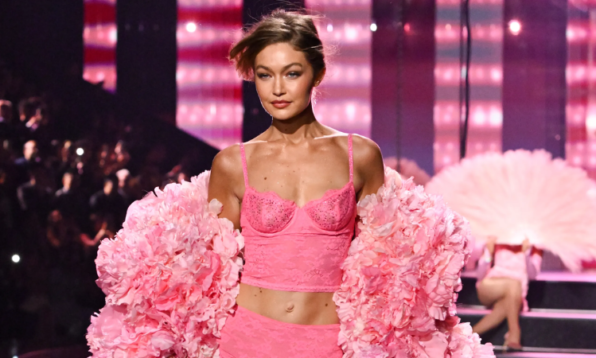Navratri is here again, and that means it’s time for fasting, feasting, and celebrating the various avatars of Goddess Durga. This is the time people enjoy vrat ka khana, pray, and welcome the new season. Usually, Navratri is celebrated twice a year – once during March-April, known as the Chaitra Navratri, and once around September-October, known as the Sharada Navratri. While these two Navratris are the most popularly known, there are two others known as the Gupt Navratris. These are the Magha Navratri observed in January-February and Ashada Navratri observed in June-July. Each Navratri welcomes a new season and bids adieu to another. While the Chaitra Navratri welcomes summer, the Sharada Navratri welcomes winter in all its glory.
Navratri literally translates to nine nights, and each night of the festival is dedicated to different avatars of Goddess Durga. But why is the festival celebrated, what are these nine forms and what significance do they hold?
Related: Easy Navratri Snack Recipes That Will Make Fasting Fun This Festive Season
Significance of Navratri

According to Hindu mythology, the Goddess descends from heaven to meet her devotees during Chaitra Navratri. It is a time of spiritual rejuvenation, cleaning, and seeking divine blessings. This also marks the beginning of the Hindu Lunar Year and is a celebration of femininity.
The nine devis of the nava ratris

Day 1 – Mata Shailputri
The first day of Navaratri celebrates Mata Shailputri, the daughter of the mountains. She is a symbol of courage and strength.
Day 2 – Mata Brahmacharini
The second day of the festivities celebrates Mata Brahmacharini, the goddess of penance and virtue. She is a symbol of love, affection, virtue, and wisdom.
Day 3 – Mata Chandraghanta
Mata Chandraghanta, celebrated on the third day, symbolises bliss, calm, and serenity. Worshipping this form of the goddess is believed to protect you from negativity.
Day 4 – Mata Kushmanda
The fourth day of Navratri celebrates Mata Kushmanda, the embodiment of beauty and bravery. She is said to hold the creative power of the universe and worshipping her is said to bring you good health, wealth, and strength.
Day 5 – Mata Skandmata
Devi Skandmata, the goddess of fire, is celebrated on the fifth day of the navratris. She is called so because she is the mother of Skanda, or Kartikeya. She is known to fulfil the desires of her devotees who come with a pure, selfless heart. She is said to reward her devotees with affection, love, and protection.
Day 6 – Mata Katyayani
Maa Katyayani is a warrior goddess who provides strength and courage. She is a form of goddess Durga who is said to have slayed the demon Mahishasura. It is said that praying to this form of the goddess will remove all negative energies from your life and help you win over obstacles in life.
Day 7 – Mata Kaalratri
The sixth day of Chaitra Navratri celebrates Maa Kaalratri, a symbol of darkness, ignorance, and destruction. She is considered to be the most ferocious form of Durga, and she is revered on the day of Mahasaptami. Worshipping her will remove the fear and negativity from your life.
Day 8 – Mata Mahagauri
The eighth day of Navratri is celebrated as Ashtami and is dedicated to Mata Mahagauri. She is a symbol of peace, intelligence, purity, and serenity. According to the myths, praying to the goddess Mahagauri brings purity and peace to the mind and soul.
Day 9 – Mata Siddhidatri
The final day of Navratri, also known as Maha Navami, the form of Durga celebrated is Maa Siddhidatri. She is the giver of siddhis or the meditative abilities. She is considered to be the primordial form of Goddess Parvati and is one-half of the Ardhanarishvara.
Featured Image Source

 Web Stories
Web Stories













